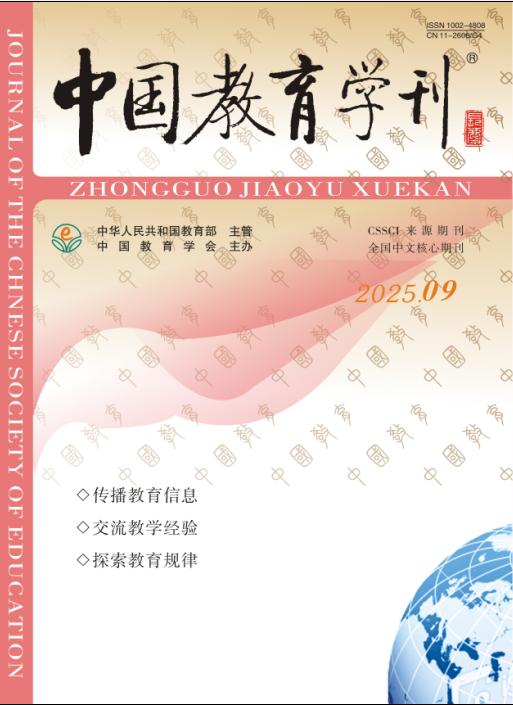节点文献
The Application of Tourism Translation
【关键词】 ;
【正文】Abstract: China pay great attention to international propaganda of tourist spots, translating Chinese tourism texts into English has a great effect on the international image of China. Tourism texts intend to attract readers and appeal tourists to visit the destination. Communicative translation is an applicable perspective for tourism English translation.
Key words: communicative; translation; tourism text
1、The background of tourism translation
China became the largest spender in international tourism globally with surpassing Germany and United States. Places of historic interests and natural landscapes have become tourism destinations for domestic people and for people from abroad. China will become the largest travel destination in the world by the year of 2020. Thus tourism English translation in china has a great effect on the development of Chinese tourism industry. The study of tourism translation from the perspective of communicative translation combines tourism text study and translation strategy.
2 Translation Skills in Tourism English Translation
1Free Translation
Free translation focuses on keeping the meaning of the original. In free translation, the translators are free to translate in any way they like but must guarantee that the basic information of the source text remains.
2Adaptation
Adaptation translation refers to the activity of translation variation, which adapts the content or form and even the writing style of the original. It refers to the change of content or structure of the original text, such as word order, sentence or paragraph arrangement, which aims at enhancing the readability and acceptance of the target text.
3Amplification
Amplification refers to add some relevant background information in order to make the translation easy understood by foreign tourists. In light of communicative translation, as tourism text is reader-oriented, translators should supplement information about historical events,stories or figures.
4Omission
Chinese tourism materials are often written with abundant vocabulary, using many rhetorical devices like simile, parallelism and personification. Thus, based on the fundamental and necessary information which is sure to be rendered and retained, certain omission may be more acceptable than a detailed and lengthy translation.
5Analogy
Analogy is an efficient method for people in understanding the cultural elements of a totally different background. This kind of translation strategies focusing on the cross cultural communication will be beneficial for the realization of the translation of tourism texts’ communicative aims.
3、 Conclusion
As a conclusion, Communicative translation tries to produce on its readers an effect as close as possible to that of the original. It focuses on the messages conveyed by the original texts. Text type and function could affect the choosing of the translation method. Communicative translation exactly serves vocative and informative text, thus providing an applicable way for C-E tourism text translation. What’s more, differences between two languages and cultures also put forward requirements for translation of Chinese tourism text into English.
References:
[1] Newmark, Approaches to Translation. Shanghai Foreign Language Education Press.
[2]Nida, E.A. Language and Culture: Contexts in Translating. Shanghai Foreign Language Press.
[3] Nord, Translation as a Purposeful Activity: Functionalist Approaches Explained.
Key words: communicative; translation; tourism text
1、The background of tourism translation
China became the largest spender in international tourism globally with surpassing Germany and United States. Places of historic interests and natural landscapes have become tourism destinations for domestic people and for people from abroad. China will become the largest travel destination in the world by the year of 2020. Thus tourism English translation in china has a great effect on the development of Chinese tourism industry. The study of tourism translation from the perspective of communicative translation combines tourism text study and translation strategy.
2 Translation Skills in Tourism English Translation
1Free Translation
Free translation focuses on keeping the meaning of the original. In free translation, the translators are free to translate in any way they like but must guarantee that the basic information of the source text remains.
2Adaptation
Adaptation translation refers to the activity of translation variation, which adapts the content or form and even the writing style of the original. It refers to the change of content or structure of the original text, such as word order, sentence or paragraph arrangement, which aims at enhancing the readability and acceptance of the target text.
3Amplification
Amplification refers to add some relevant background information in order to make the translation easy understood by foreign tourists. In light of communicative translation, as tourism text is reader-oriented, translators should supplement information about historical events,stories or figures.
4Omission
Chinese tourism materials are often written with abundant vocabulary, using many rhetorical devices like simile, parallelism and personification. Thus, based on the fundamental and necessary information which is sure to be rendered and retained, certain omission may be more acceptable than a detailed and lengthy translation.
5Analogy
Analogy is an efficient method for people in understanding the cultural elements of a totally different background. This kind of translation strategies focusing on the cross cultural communication will be beneficial for the realization of the translation of tourism texts’ communicative aims.
3、 Conclusion
As a conclusion, Communicative translation tries to produce on its readers an effect as close as possible to that of the original. It focuses on the messages conveyed by the original texts. Text type and function could affect the choosing of the translation method. Communicative translation exactly serves vocative and informative text, thus providing an applicable way for C-E tourism text translation. What’s more, differences between two languages and cultures also put forward requirements for translation of Chinese tourism text into English.
References:
[1] Newmark, Approaches to Translation. Shanghai Foreign Language Education Press.
[2]Nida, E.A. Language and Culture: Contexts in Translating. Shanghai Foreign Language Press.
[3] Nord, Translation as a Purposeful Activity: Functionalist Approaches Explained.
- 【发布时间】2021/1/17 10:01:35
- 【点击频次】305







